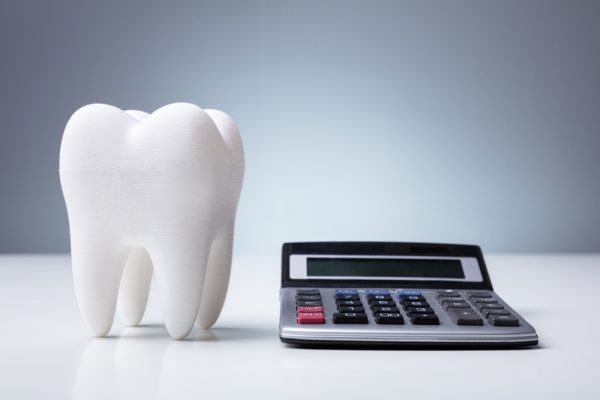Repair Your Cavities
Amalgam fillings, also known as silver fillings, have been a popular choice for dental restorations for over a century. They’re a durable and cost-effective option for repairing cavities and restoring damaged teeth. While amalgam fillings aren’t used as widely with the advancement of technology and treatments, many patients may still have them.
Our Wasilla dentist breaks down amalgam fillings below. If you need to schedule an appointment with our team, call us today at (907) 373-2440. While we don’t offer amalgam fillings, we do offer composite dental fillings at our Alaska dental practice.

What Are Amalgam Fillings?
Amalgam fillings are dental restorations used to repair cavities and damaged teeth. They consist of a mixture of metals, primarily mercury, silver, tin, and copper. This mixture forms a strong and durable filling material that can withstand the rigors of chewing and lasts for many years.
Composition of Amalgam Fillings
- Mercury (approximately 50%)
- Silver (approximately 22 to 32%)
- Tin (approximately 14%)
- Copper (approximately 8 to 12%)
- Trace amounts of other metals
Amalgam Filling Benefits
There are various benefits to amalgam fillings, including:
- Durability: Amalgam fillings are exceptionally durable and can withstand the forces of chewing for many years, making them a long-lasting option.
- Cost-Effectiveness: They’re often more affordable than alternative dental restorations, making them accessible to a wide range of patients.
- Strength and Load-Bearing Capacity: Amalgam fillings are strong and can bear heavy chewing loads, making them suitable for molars and teeth subjected to significant pressure.
- Longevity: With proper care and maintenance, amalgam fillings can last for decades, providing reliable tooth restoration.
- Ease of Placement: Dentists find it relatively easy to place amalgam fillings, and the procedure is generally quicker than some alternatives.
Amalgam Filling Disadvantages
Just like other dental treatments, there are certain disadvantages associated with amalgam fillings, such as:
- Aesthetic Concerns: One of the primary drawbacks of amalgam fillings is their silver color, which is conspicuous in the mouth and may be considered unattractive.
- Expansion and Contraction: Amalgam fillings can expand and contract with temperature changes, potentially leading to tooth fractures or leakage over time.
- Allergic Reactions: Some individuals may have allergic reactions or sensitivities to the metals used in amalgam fillings, although such cases are rare.
- Environmental Concerns: Amalgam fillings contain mercury, which can be harmful to the environment if not disposed of properly.
- Alternatives to Amalgam Fillings: To address aesthetic and environmental concerns, alternative dental materials like composite resin, ceramic, or glass ionomer are available.

Placing Amalgam Fillings
Preparation of the Tooth
- Removal of decayed or damaged tooth structure
- Tooth isolation to keep it dry
- Tooth etching and application of bonding agent (if using a tooth-colored composite)
Mixing and Placement of Amalgam
- Mixing the amalgam material
- Packing the mixture into the prepared cavity
Condensation and Carving
- Properly condensing the amalgam to ensure good adaptation
- Carving and shaping the filling to resemble the natural tooth anatomy
Final Polishing
- Smoothing and polishing the filling to minimize rough edges and enhance comfort
Costs of Amalgam Fillings
Patients can expect to spend between $50 to $150 for a single amalgam filling. However, each case is unique and will fluctuate based on certain factors including the size and location of the cavity and the location of the dental practice. In most cases, dental insurance covers a portion of dental filling treatments.

Frequently Asked Questions
Amalgam fillings have been deemed safe for dental use by regulatory authorities, but some individuals may have concerns about mercury exposure.
The risk of adverse health effects from amalgam fillings is minimal, but some people may experience localized allergic reactions.
With proper care, amalgam fillings can last 10 to 15 years or even longer.
Do You Need Dental Fillings?
Amalgam fillings remain a reliable and cost-effective option for dental restorations. While they have some drawbacks, their durability and longevity make them a valuable choice for many patients. When considering dental fillings, it’s essential to discuss your options with our dentist to make an informed decision based on your unique needs and preferences.
If you’re looking to replace your amalgam filling with a tooth-colored filling, schedule your appointment at Northwind Dental today by calling (907) 373-2440.
